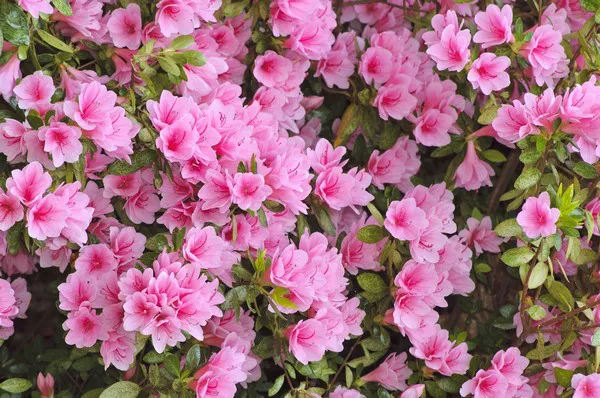Butterflies are not just enchanting creatures that bring beauty to our surroundings; they also play a vital role in pollination, making them essential contributors to biodiversity. One way to encourage butterflies to visit your garden is by planting flowers that are specifically attractive to them. In this article, we will explore some of the most captivating flowers that entice butterflies, and also explore the benefits of butterfly-friendly gardens, tips for creating such gardens, and the importance of conserving these delicate insects.
The Allure of Butterfly-Friendly Gardens
Butterfly-friendly gardens, also known as butterfly gardens, are specially designed landscapes that incorporate plants that butterflies find appealing. These gardens serve as habitats and feeding grounds, supporting butterfly populations and assisting in their survival. Creating a butterfly-friendly garden not only adds vibrant colors and scents but also provides an opportunity for individuals to contribute to the conservation of these delicate insects.
Flowers that Attract Butterflies
1. Milkweed (Asclepias spp.): As the host plant for monarch butterflies, milkweed is a top choice for attracting these iconic creatures. Its nectar-rich flowers draw various other butterfly species as well, making it a cornerstone of any butterfly garden.
2. Lavender (Lavandula spp.): Known for its aromatic fragrance and stunning purple flowers, lavender is a magnet for butterflies and other pollinators. Its long blooming season ensures a continuous food source for these insects.
3. Black-Eyed Susan (Rudbeckia hirta): With its golden yellow petals and dark centers, black-eyed susan is a favorite among butterflies, particularly the Painted Lady and American Lady species.
4. Purple Coneflower (Echinacea purpurea): This tough and attractive flower is highly appealing to butterflies, especially the Eastern Tiger Swallowtail and Monarch butterflies.
5. Zinnia (Zinnia spp.): Zinnias come in various colors and sizes, providing a visual feast for both gardeners and butterflies. They are easy to grow and serve as excellent nectar sources.
6. Butterfly Bush (Buddleja spp.): As the name suggests, the butterfly bush is one of the most beloved plants for attracting butterflies. Its sweet-scented flowers are a hit among many butterfly species.
Designing Your Butterfly Garden
1. Research Native Butterflies: Start by researching the native butterfly species in your area. This will help you understand their preferences and lifecycles, guiding you in selecting appropriate flowers and host plants.
2. Plant Diversity: Aim for a variety of flowering plants that bloom at different times of the year. This ensures a consistent food supply for butterflies throughout their active seasons.
3. Provide Host Plants: Consider incorporating host plants in your garden. These are plants on which butterflies lay their eggs, and the caterpillars feed on the leaves. Supporting the entire lifecycle of butterflies is essential for a thriving garden.
4. Sunlight and Shelter: Butterflies love basking in the sun, so ensure that your garden receives ample sunlight. Additionally, include some sheltered spots like shrubs or small trees to provide protection from strong winds and predators.
5. Avoid Pesticides: Pesticides can harm butterflies and other pollinators. Opt for natural pest control methods or embrace some level of insect activity to maintain a balanced ecosystem.
The Role of Butterflies in Biodiversity and Pollination
1. Pollination: Butterflies, like bees, are pollinators, though their role might be less widely recognized. As they move from flower to flower in search of nectar, they inadvertently transfer pollen, enabling plants to produce fruits and seeds. This process is vital for the reproduction of numerous plant species.
2. Biodiversity: Butterflies contribute to biodiversity by acting as prey for various animals and serving as indicators of ecosystem health. Healthy butterfly populations often signify a well-balanced environment.
Conservation of Butterflies and Their Habitats
1. Protect Natural Habitats: Many butterfly species are highly dependent on specific habitats. Efforts should be made to protect these areas from deforestation, urbanization, and pollution.
2. Create Butterfly Corridors: Butterfly corridors are interconnected patches of butterfly-friendly habitats that facilitate the movement of butterflies between different areas. These corridors promote genetic diversity and prevent population isolation.
3. Engage in Citizen Science: Participate in butterfly monitoring programs to collect data on butterfly populations. This data helps scientists better understand butterfly behavior and distribution, aiding in conservation efforts.
Conclusion
By planting flowers that attract butterflies and creating butterfly-friendly gardens, individuals can make a meaningful contribution to conserving these delightful insects. The enchanting sight of butterflies fluttering amidst colorful blooms is a reward in itself, but the positive impact on biodiversity and pollination makes it even more worthwhile. Embracing the role of butterflies as pollinators and ecosystem indicators reminds us of the delicate balance of nature and our responsibility to protect it for future generations. Let us join hands to preserve these winged wonders and the beauty they bring to our world.


